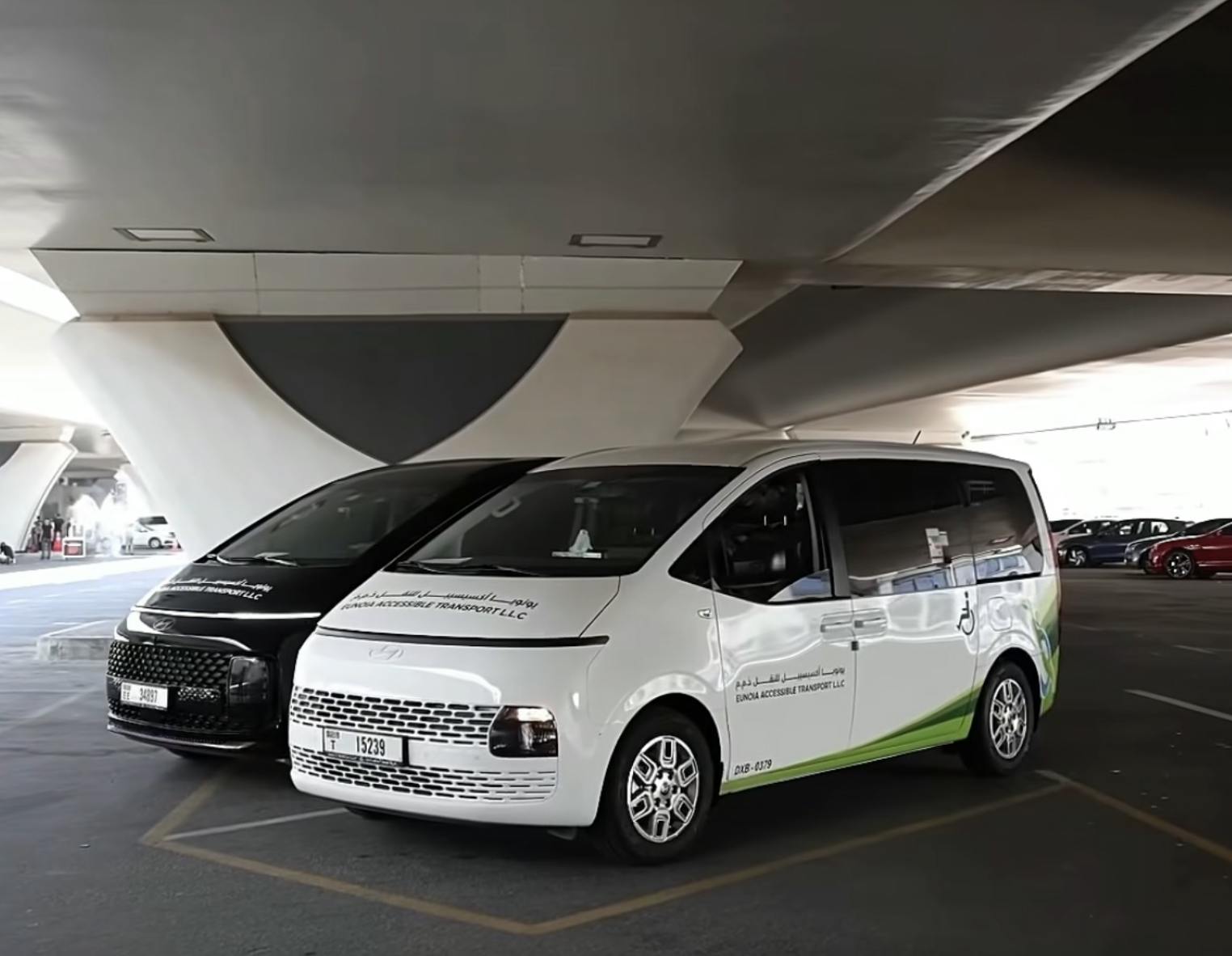

Making the Connection: Transit Turns to Real-Time Tech
The Routing Company has partnered with Swiftly to bring real-time transit vehicle location feeds into its trip-planning app to ensure reliable connections with other transit providers.
Technology partnerships are helping transit riders in California make their connections across various transportation modes.
At the heart of these improvements is the ability to track transit vehicles in real time, allowing various providers to sync up with trains, buses or other transit systems.
On-demand vehicle and transportation platform The Routing Company (TRC) has partnered with Swiftly, a transportation data and analytics company, to improve connections for users of the FAST Connect service in Fairfield, Calif., as well as the Sonoma-Marin Area Rail Transit (SMART), which serves cities north of San Francisco.
The real-time location of trains on the SMART network — provided by Swiftly’s data analytics — is fed into the trip-booking software within TRC’s Pingo app, explained Julia Gonzalez, communications and marketing manager for SMART.
It is this digital handshake that allows for SMART trains to connect with SMART Connect, an on-demand shuttle serving the Sonoma County Airport station. The shuttle launched in June of last year and provides first- and last-mile connections within a 1.5-mile service area. The Swiftly technology ensure riders have an only 0.5 percent chance of missing their train, officials say.
Similarly, the same technology is being used by FAST Connect in Fairfield, a city in the Bay Area. The on-demand shuttle service covers two different zones in the city, and is powered by the Ride Pingo app.
“The fact FAST riders can see real-time travel options for fixed routes is a critical part of delivering reliable transit service,” said Diane Feinstein, transportation manager for the city of Fairfield, in a statement.
Swiftly’s real-time transit vehicle tracking allows for a seamless and synced connection from FAST Connect to fixed-route transit.
“We’ve got Swiftly live feed of the vehicle. We don’t need to care what the schedule says because we know where the vehicle is,” explained James Cox, CEO of The Routing Company. “So instead of saying, we’ll get you to the bus stop when the schedule says the bus is there, we’ll get you to the bus stop when the bus is there.
“And without Swiftly we couldn’t have done that,” he added.
Both the FAST system and SMART in Sonoma County are “a great example of connecting people to either fixed routes, or to a train that takes people where they want to go with a first-mile and last-mile connection,” said Cox.
Industry watchers say steps to improve customer satisfaction — and the overall efficiencies of transit — are what matter most to riders.
“Ultimately, that’s the way we need to measure ourselves in this industry. What people say about us really matters,” said Randy Clarke, general manager of the Washington Metropolitan Transit Authority, discussing the future of transit and financial headwinds during a panel discussion in November 2023 organized by the Urban Institute.
“You cannot have a healthy community without a healthy transit network,” he added. “There is no DMV that works well without Metro.”


